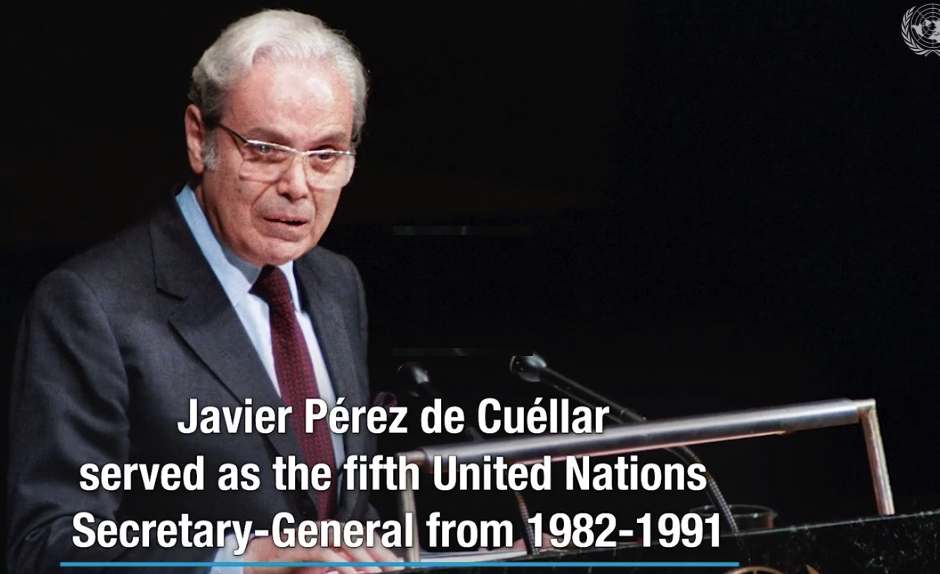TOLERANCE AND SOLIDARITY .
An article by Yásnaya Elena Aguilar Gil translated and published by Toward Freedom (original Spanish version published by El Pais)
I write from Ayutla, a Mixe community in the northern mountains of Oaxaca, which is facing the coronavirus pandemic without access to drinking water. As we talk, think, and share ideas about what we can do in this situation, and the need to speak out about the emergency circumstances we’re in, I can’t help but think of other epidemics that have shaped the way our communities have been configured through history. The epidemics of the Sixteenth Century had a determining influence in the way that the colonial order was installed in these lands in the centuries that followed.

Family by FreeXero, used under a creative commons license.
The colony was established on a great demographic catastrophe, between the wars of conquest, the forced labor, the abuses and the illnesses. According to the calculations of John K. Chance, the author of the classic Conquest of the Sierra: Spaniards and Indians in Colonial Oaxaca, the Mixe did not return to our estimated population in 1519 until the decade of 1970. The stories and records of the impacts of smallpox and other imported illnesses in the native population are formidable, there were entire villages in which it became impossible to bury all of the dead.
The effects of epidemics on a population already exposed to war and forced labor dramatically reduced the native population. Specialists estimate that during the first great smallpox epidemic, eight million people died over a period of approximately two years. In a more conservative estimate (the numbers are still debated), 15 million people lived in these lands, and by the outset of the seventeenth century, there were but two million. In any case, it is impossible to deny that epidemics, along with war and subjugation, were a fundamental factor in the process we call the conquest.
After the Sixteenth Century and through time, Indigenous people have faced additional epidemics. In oral tradition, tradition that lives in memory, elders from my community tell stories of those years: houses left deserted after the death of their occupants, daily fear, the anguish of not being able to carry out fundamental and necessary rituals so that the dead could set out on their voyage, these were the characteristics of an illness known in Mixe as jëën pä’äm, which translates as “the illness of fire” because of the high fevers that it caused, but which has yet to be fully identified.
The last words of my great-great-grandfather before he died from jëën pä’äm were passed on to me through intergenerational telling, his last words before entering in that state that is a bridge between consciousness and nothingness, made a reference to a quintessential story: in his childhood, he had been told of a great epidemic that devastated the whole region, and to avoid infection a family decided to take all of the corn and food they could and flee to a place where the illness couldn’t reach them.
Later I read in Edgar Allan Poe’s extraordinary tale The Masque of the Red Death that something similar happened to that family that didn’t worry about the epidemic and ate the food that they took outside the community. As is to be expected, the illness traveled with them, and no one could help them after death interrupted their enjoyment of that which they stole. Nobody could bury them and their bodies were left in the open and dried up in the sun.
After telling this story, my great-great-grandfather asked those who were listening to him to refuse to believe the lie that the individual good is above the collective good. He gave a few more instructions, and he passed away a few days later. Soon after, his daughter Luisa, who had heard his words, fell ill as well. Before she entered into the extraordinary states that fever produces in the mind, she got engaged to my great grandfather Zacarías who, together with his neighbors and friends, dedicated himself to taking measures so as not to fall ill and at the same time, to look after her and her siblings, providing those who had the illness in the home of his fiancée with fresh water and food. My great grandmother Luisa managed to get better and she solemnly repeated the words of her father. Ever since those words have been repeated in my family with a kind of respect that is generated through repetition: the individual good doesn’t oppose the collective good, the individual good depends on the collective good.
(Article continued in right column)
The understanding of indigenous peoples, Can it help us cultivate a culture of peace?
How can we work together to overcome this medical and economic crisis?
(Article continued from left column)
In one of the versions of the ideal capitalist world, life in common takes place within a state that only intervenes to protect private property, and in which all the services, products and necessary items for life are controlled by capital and private owners. In some anarcho-capitalist delusions, the individual, their liberty and property are the center of the regulation of life in common. In contrast, community organizations are described as places that experience the tragedy of the commons and free-riders, and communal organization is described as a structure that suppresses free will and individual desires in favor of a dictatorship of the majority.
A permanent tension between the individual good and the collective interest which frustrates and limits the individual has been instilled in the discourse. The exploitation of the supposed friction between individual and collective was sown as the seed of distrust to create anti-communist propaganda and is today used to discredit various struggles for the construction of social structures rooted in solidarity, mutual aid and communality. Liberal democracies establish an agreement with individuals, individual guarantees are recognized in constitutions and the foundations of rights in the neoliberal state is the individual and private property. This logic means that throughout history, the state has had trouble dealing with communities and not individuals, communities which claim land communally, collective entities which until recently didn’t have a legal framework from which to interact with the state.
That said, the experience of many people contradicts the preponderance of an essentialist opposition between the individual and the collective good. Gladys Tzul, a Maya K’iche’ sociologist, has explored how communal structures allow for the satisfaction of individual desires. My experience is similar. We are able to have what is needed to live our lives and to fulfill our desires and wishes is due in large part to the fact that many people collectively built classrooms, a system to distribute drinking water, and a structure to provide for parties and free leisure activities managed through communal work.
My personal passion and interest in music found a place to flourish in the music classes and philharmonic bands that our communities collectively manage. This reveals how, rather than being in opposition, the individual good depends on the collective good. The individualism of people who don’t know those who live in the same building as them is explained because their individual good has been entrusted in an agreement they’ve made with the state; in exchange for paying a small amount of tax, they leave fundamental aspects of life, like the management of drinking water or the educational system, in the hands of the state.
When an extraordinary event takes place, in the form of an earthquake, or the state fails, as it constantly does, the lie of individualism is revealed: it becomes necessary to talk to a neighbor, to congregate and collectively face the extraordinary situation that brings to the table a notion that is negated but whose rhythm undergirds being human: we need each other. Even in very individualistic societies, the need for collectivity reveals itself in periods of breakdown: stopping the COVID-19 pandemic requires that we all participate, keeping a safe distance and washing our hands can save the lives of people we don’t know, and the actions of others can save the life of our octogenarian mother. If the propagation of the virus shows us the insides of the interrelated structures in which we live, it also shows that only collective care that can stop the pandemic.
The epidemics of the Sixteenth Century had a material historical, economic and political context, COVID-19 has appeared in the midst of a crisis of capitalism and this context will give it particular characteristics and will lead it to have specific consequences. Capitalism has needed the idea of individual success and personal merit, capitalism has held up the idea of the individual who fears a communist or communal plot which takes away his property, acquired with jealous zeal. But a virus is not private property.
In the peripheries of capitalism and the state we have learned other truths: the family who steals the corn of the collective to escape from illness is condemned to lack care and have their bodies exposed; the Mixe population that came out of the demographic catastrophe of the Sixteenth Century organized into communal structures to resist the gradual establishment of the colonial regime, and later the establishment of the state, and made life communally, which made it possible for us to remain, regardless of cruel epidemics, displacement and violence. The communal care that saved the life of Luisa made it possible that I can today share the dying words of my great-grandfather during a previous epidemic: the individual good is the collective good.
Author Bio:
Yásnaya Elena Aguilar Gil is a Mixe linguist from Ayutla, Oaxaca. Follow her on Twitter @Yasnayae. This column was originally published in El País and translated by Toward Freedom with the author’s permission.
(Thank you to Mazim Qumsiyeh for sending this to CPNN)








